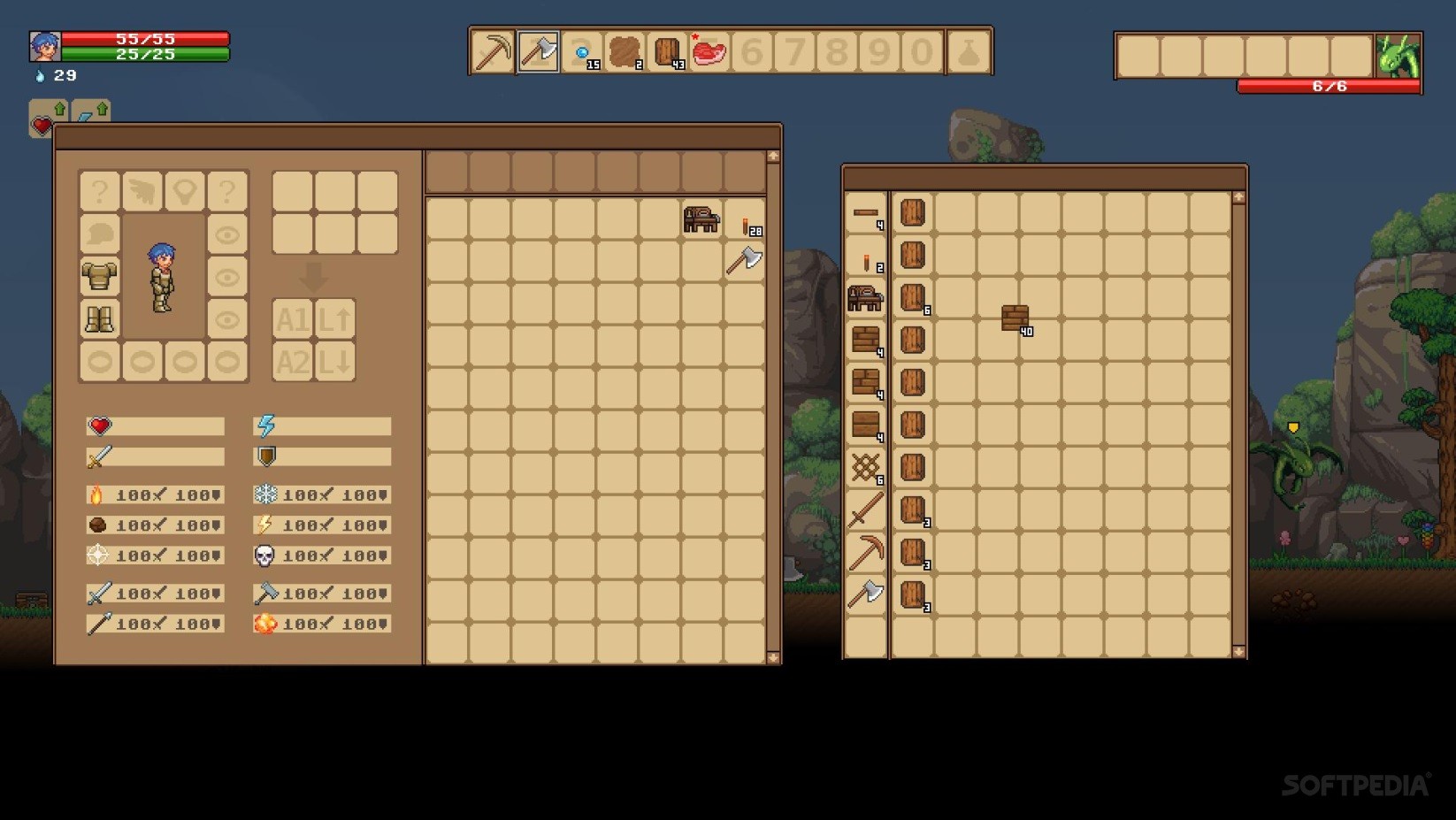

Yet, the process of star death starts out the same for all stars: they run out of fuel. Stars with masses similar to the Sun die much differently from stars that have 7 or more solar masses. The manner of a star’s death depends on the mass it had after it finished forming. Stars may “live” longer than humans do – ranging from tens of millions to billions of years – but eventually, they, too, come to the ends of their lives. The most famous and closest stellar nursery to Earth is the Orion Nebula, which lies about 1,500 light-years away and is visible to observers from November through April each year. Astronomers see examples of star formation in nebulae throughout our own Milky Way Galaxy and in many other galaxies.

Star birth can take millions of years and create families of stars. When the temperature inside such a “young stellar object” reaches 10 million degrees Celsius, a process called “nuclear fusion” ignites, and a star is born. Clumps begin to form, and they get hotter and hotter as they gain more mass. The process begins when the cloud is nudged into a spinning motion, perhaps by a shock wave from a nearby supernova explosion. These clouds are mostly molecular hydrogen, and are often referred to as HII regions. Star formation happens in clouds of interstellar gas and dust called “nebulae”. The furthest distance an individual star has been observed from is about 100 million light years from the Earth in the M100 galaxy of the Virgo Cluster.In 185 AD Chinese astronomers were the first to record a supernova, this is now classified as SN 185.The oldest accurately dated star chart appeared in ancient Egyptian astronomy in 1534 BC.At an age of about 4.5 billion years, our Sun is considered middle-aged. A very massive star may live only tens of millions of years, while a cool dwarf will shine on for billions of years. The more massive a star, the shorter its lifespan.The view of Alpha Centauri is 4.3 years old, while the appearance of Sirius is more than 8 years old. The Sun appears as it was 8.5 minutes ago. When you look at a star (or any object in space) you are seeing how it looked in the past.But not all stars do that our Sun, for example, moves through the galaxy without a stellar companion. Most stars travel the galaxy with companions or in clusters.Over time, they travel through the Milky Way, far from their crèches. Stars are born in batches in their stellar nurseries.Astronomers estimate there are a trillion stars in the Milky Way Galaxy.To do this, you need to observe on a moonless night and be far away from sources of light pollution. You can only see about 2,000 stars on a very dark night with the naked eye from any given place on Earth.To see more, you have to use a telescope to reveal stars fainter than your eyes can see. There are 9,096 stars visible to the naked eye in the entire sky.Stars are the main components of galaxies, and were among the first objects to form in the early universe.

The energy is also released as heat and light, which are radiated out to space. That process releases energy, which pushes against the weight of the outer layers of the star and keeps it stable. They are made mostly of hydrogen, which stars fuse in their cores. Stars are luminous spheres made of plasma – a superheated gas threaded with a magnetic field.


 0 kommentar(er)
0 kommentar(er)
